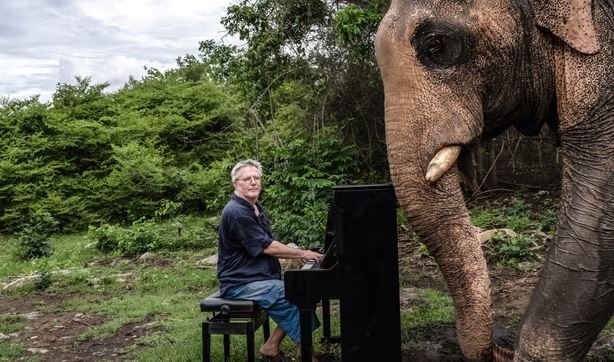Looking Back on the Cyclone that Smashed Through Mozambique
In 2019, Cyclone Idai swept through Mozambique's Gorongosa National Park, which was bad for the animals but good for researchers. The 1,500-square-mile park is one of the most ecologically diverse preserves in the world, as well as the most technologically sophisticated.
Wildlife ecologists in Mozambique are studying how animals – especially mammals – react when catastrophic storms blast through their habitats. Their new first-of-its-kind study appears in Nature.
With their network of cameras, GPS collars, and assorted other instruments, the research team and park staff were able to record and analyze a minute-by-minute view of how the storm affected the park and its residents.
“We watched the waters rise,” said lead author Hallie Brown. “We watched the animals’ reactions in the hours, days, and weeks after the cyclone: how some of them escaped the floodwaters, and some of them didn't. We used the data we had from before, during and after the storm to create, not just a description of this one event, but a broader set of expectations, so managers can better anticipate the effects of increasingly severe weather events.”
The researchers found that bigger is better when it comes to survival. The sweet little oribi, for example, which is about the size of a greyhound, lost half its population in the storm. The slightly larger reedbucks were similarly decimated, most lost in Idai’s floodwaters. On the other hand the four largest herbivores with GPS collars — nyala, kudu, sable, and elephant — had no fatalities at all.
The floodwaters continued to kill off smaller animals after the storm. “Not only could the smaller-sized animals not outpace the waters, they were also not able to buffer the nutritional limitation afterwards,” said Brown. “Because the flood was so high for so long, it killed a lot of the grasses and low-lying vegetation. Smaller animals can't withstand those nutritionally limited periods like larger animals, who have more fat to rely on.”
Based on their findings, the researchers have two basic recommendations for wildlife managers: evacuate the smallest (and rarest) animals to safe ground before storms hit, and provide extra feed for them when the skies clear.
Fascinating footnote: the only other study remotely similar to the Gorongosa National Park research involved studying hurricane effects in the Bahamas, although that one looked at very different animals – lizards and spiders. There, as in Mozambique, the larger the animal the more likely it would survive the storm. Clearly bigger is better.
Hallie Brown / Princeton University
Photo credit: Robert M. Pringle / Princeton University








